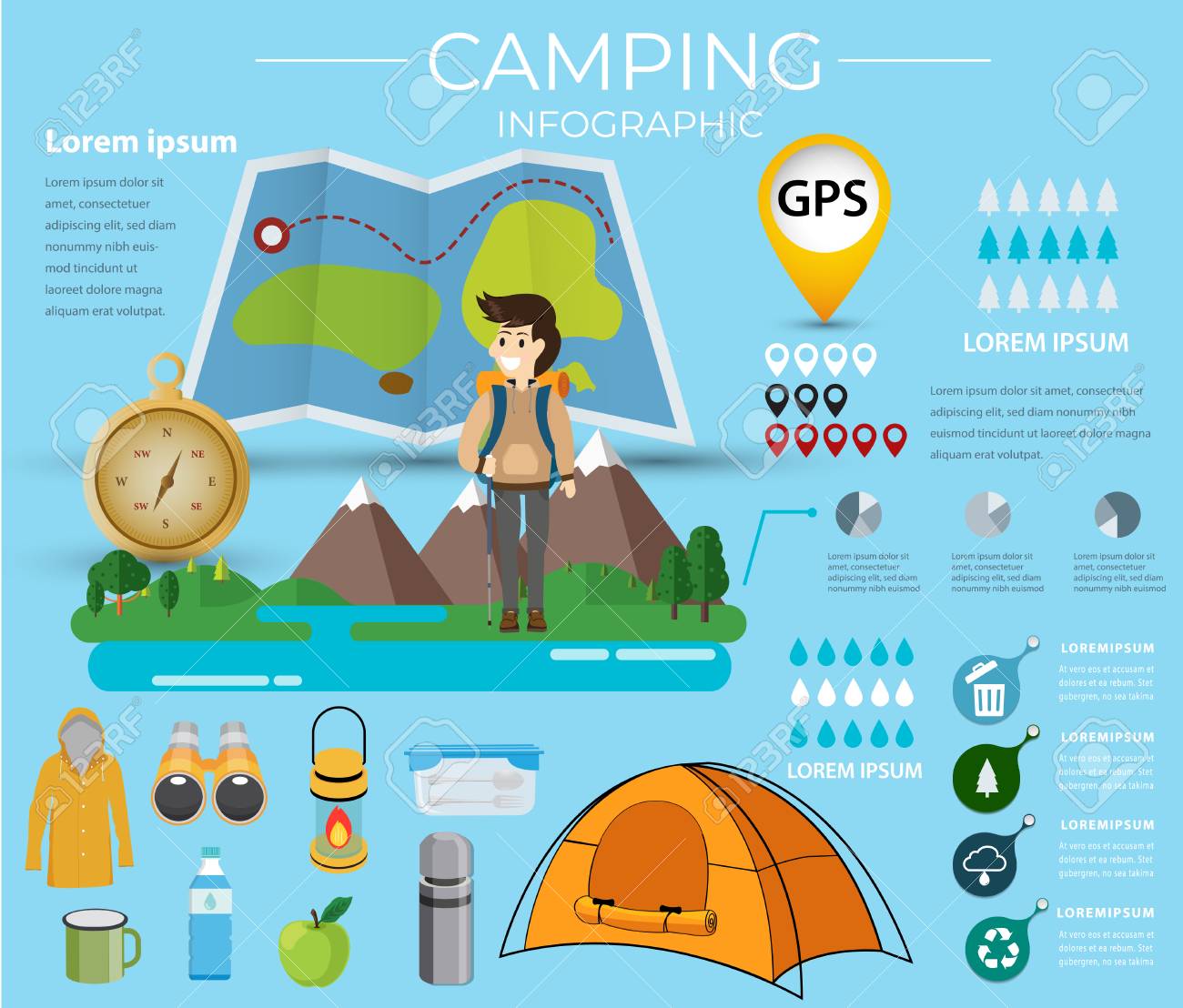A Guide To Becoming Your Marketing Guru Via Online Camping Tents Product Sales
A Guide To Becoming Your Marketing Guru Via Online Camping Tents Product Sales
Blog Article
Taking Photos of the Night Sky
A variety of elements can impact night sky photography. From weather conditions to upcoming celestial occasions, you'll intend to plan in advance to make certain success.
Are campgrounds a good investment?
The shutter speed you choose determines whether stars appear as precise pin-points or trail across the picture. A great guideline is to limit the exposure to 500 secs, or the matching of your lens's focal length.
Location
Among the most important factors in an excellent photo is where you take it. Aim for locations with minimal light air pollution, and prevent locations that have bright city lights and skyscrapers.
Additionally, look for an area that uses foreground elements to develop make-ups with. For instance, dune patterns, wind-sculpted ridges and rough outcrops can all give appealing foreground aspects to help tell the story of your evening sky photograph.
It is additionally practical to research study huge occasions such as meteor showers and lunar eclipses to maximize chances for fantastic photos. Utilizing a tool such as the Digital photographer's Ephemeris can be extremely helpful when intending your shoots. It assists you to determine moon stages, Milky Way position and various other huge occasions. Additionally, think about shooting in RAW format as opposed to JPEG as this provides you much more flexibility when refining the images. This is specifically real if you plan to publish your photos.
Electronic camera Settings
Obtaining the right video camera settings is necessary for any kind of photograph, but particularly so for evening skies photos. A wide-angle lens is best for recording more of the Milky Way and minimizing star routes, in addition to a longer shutter rate to stop the activity of stars and reveal their information.
For a maximum degree of clearness, shoot in RAW format as opposed to JPEG, which allows you to maintain more data and gives versatility throughout post-processing. This can likewise add to submit dimension, so make sure you have a lot of storage area and extra flash memory card available.
Establish your focus to hand-operated concentrating by turning the AF/MF turn on your lens into MF setting. You might need to take a couple of test shots and examine the picture playback on your camera's LCD display until you attain perfect, identify hand-operated focus. It's an excellent concept to do this throughout the day with your tent sales selected lens and the place you will be shooting at evening, to confirm the precision of your focus setup.
Illumination
A good night skies photo needs the right conditions. This includes a dark sky, yet likewise an interesting foreground aspect such as a hill on the horizon, a lake to show the stars, or a human aspect like a barn or shed. You can also utilize a headlamp to brighten the foreground and add some drama or deepness to your picture.
One of the most essential electronic camera settings for evening sky photography are the aperture and shutter rate. The wider the aperture, the a lot more light that reaches the sensor. This permits you to record brilliant celebrities in a relatively brief amount of time.
The shutter rate determines whether your stars will certainly be pin-point perfect or if they will certainly look like star tracks due to the Earth's rotation. Make certain to take multiple long direct exposure shots and pile them in post-processing for the best results. Finally, shoot in RAW setting to give yourself optimal latitude in post-processing.
Composition
The trick to attractive star shots isn't a premium telescope, a new wide-angle lens or a high-grade Canon or Nikon electronic camera. It's technique, preparation and make-up.
For starters, search your shoot place beforehand to get a feel for the layout and prospective make-ups. Consider integrating foreground components such as rocks, a lake or alpenglow on the landscape to include character and rate of interest to your images.
Remember the Guideline of Thirds when composing your pictures. This straightforward principle assists equilibrium and merge photos. It's also helpful for concentrating on sights in your image, such as rock features or the Milky Way. Also, keep in mind to intend your shoots around moon stages-- shooting at a full moon can overpower celebrities and develop a silhouetted shape, while shooting on nights with a new moon can assist you see constellations a lot more plainly.
How do you get Mould off a bell tent?
